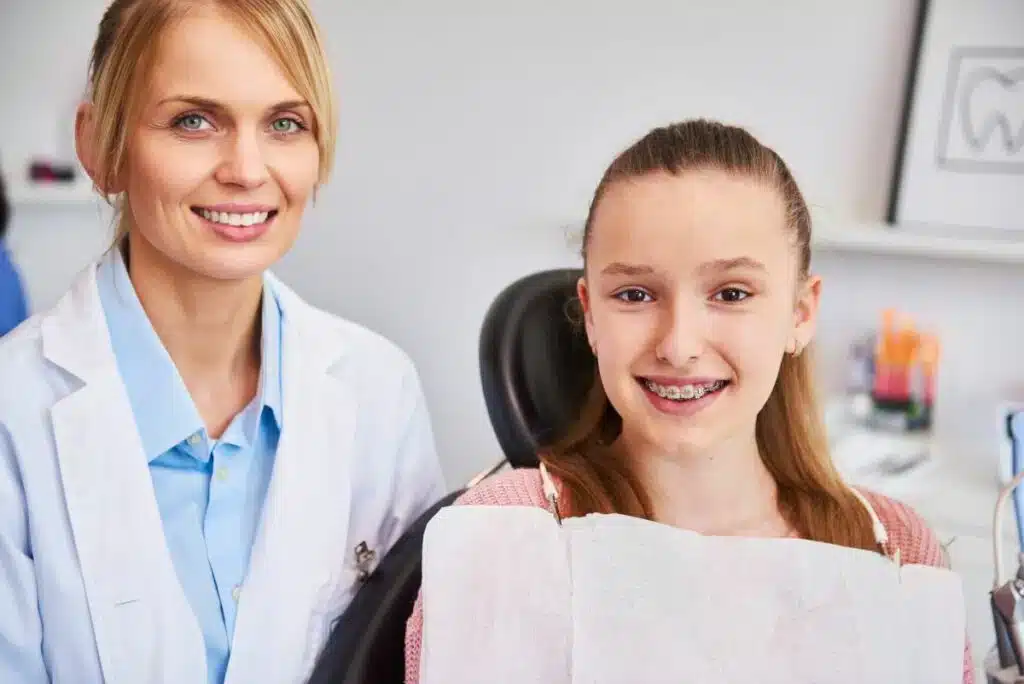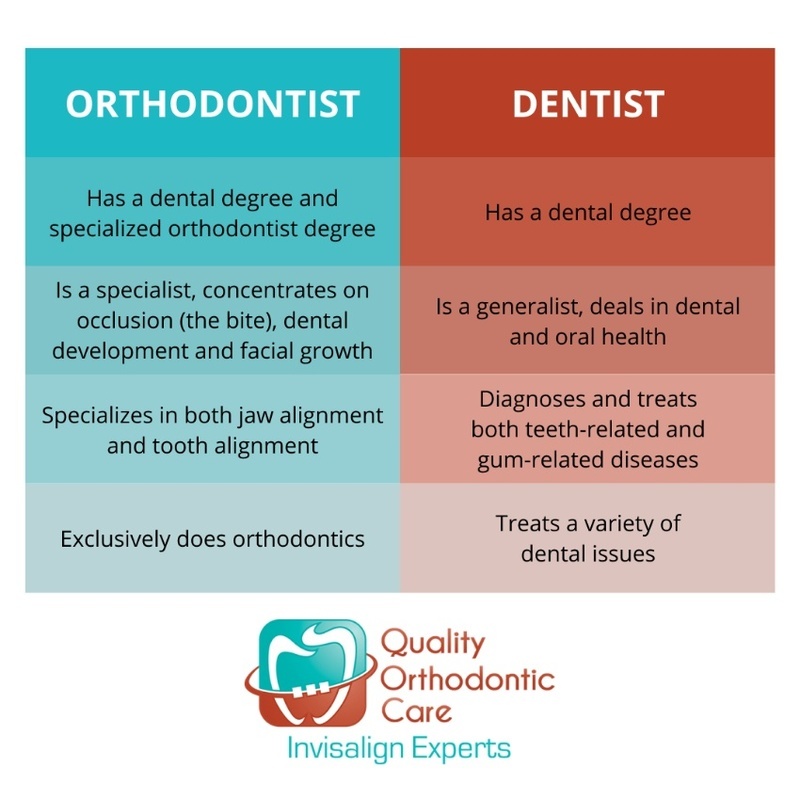Causey Orthodontics - Questions
Table of ContentsOur Causey Orthodontics IdeasAll About Causey OrthodonticsMore About Causey OrthodonticsA Biased View of Causey OrthodonticsThe Definitive Guide for Causey OrthodonticsFacts About Causey Orthodontics UncoveredNot known Details About Causey Orthodontics
What is the distinction in between a dental expert and an orthodontist? To respond to a concern that is commonly asked, both dental experts and orthodontists help patients get much better dental health, albeit in various methods. It helps to keep in mind that dental care is an instead wide science with different medical field of expertises. All dentists, consisting of orthodontists, deal with the teeth, gum tissues, jaw and nerves.
Orthodontists and dental professionals both provide dental care for people. Orthodontists can function in a dental office and use the exact same treatments as other dental professionals. So you can think about both doctors that treat gum and teeth problems. The primary difference is that coming to be an orthodontist needs a particular specialty in dealing with the misalignment of the teeth and jaw.
The Ultimate Guide To Causey Orthodontics
An orthodontist is a dentist that has actually gone through training to focus on the diagnosis, avoidance and therapy of abnormalities in the jaw and teeth. Their training consists of dealing with these existing problems. They can additionally identify prospective problems in teeth alignment that may create when conditions are left unattended. Orthodontists can help people of every ages.
This consists of all the necessary education to become a basic dental professional. According to the American Student Dental Association (ASDA), it indicates you will require to have either a Medical professional of Medicine in Dental Care (DMD) or a Physician of Oral Surgery (DDS). Simply put, orthodontists need to complete oral school and then get an orthodontics specialty education and learning.
Some orthodontists also obtain their masters in craniofacial biology. orthodontist near me (https://www.ehbact.com/health-wellness/jerry-stafford). Several oral institutions supply limited orthopedic training and guideline, which is why general dental professionals require to go to orthodontic school after graduation. Orthodontic residency programs provide intensive training for this sort of dental expertise. These programs focus on 2 details areas or disciplines: Dentofacial Orthopedics: This study concentrates on guiding teeth and jaw development.
Top Guidelines Of Causey Orthodontics

 The overall objective of an orthodontist is to enhance an individual's bite. Not everyone is birthed with straight teeth, and an orthodontist will guarantee that individuals get uniformly spaced straight teeth.
The overall objective of an orthodontist is to enhance an individual's bite. Not everyone is birthed with straight teeth, and an orthodontist will guarantee that individuals get uniformly spaced straight teeth.
All About Causey Orthodontics
The American Organization of Orthodontists advises your first check up by age 7. You'll need to see your orthodontist if you have an imbalance in your teeth, additionally understood as malocclusion. If you see irregular bite patterns, a somewhat askew jaw, or when your teeth are overcrowded, you will likely require orthodontic therapy.
In addition, we provide flexible treatment schedules, adaptable payment options and an enjoyable, pleasurable experience.
An orthodontist is a dental practitioner trained to detect, prevent, and deal with teeth and jaw irregularities. They fix existing problems and are educated to recognize issues that may develop in the future. Orthodontists deal with people of every ages, from children to grownups. People often associate an excellent smile with healthiness.
How Causey Orthodontics can Save You Time, Stress, and Money.
Malocclusion, or misaligned teeth, can cause oral issues, including dental caries, gum tissue disease, and tough or unpleasant chewing. However not everybody is born with straight teeth. If you have a negative bite or huge rooms in between your teeth, you might desire to consult a dental professional focusing on orthodontic treatment.
(Picture Credit Report: DigitalVision/Getty Images) Orthodontists make use of dealt with and detachable oral tools, like dental braces, retainers, and bands, to alter the position of teeth in your mouth. Orthodontic treatment is for oral abnormalities, including: Crooked teethBite problems, like an overbite or an underbiteCrowded teeth or teeth that are as well far apartJaw misalignmentThe goal of orthodontic treatment is to enhance your bite.
The Single Strategy To Use For Causey Orthodontics

, however not all dental professionals are orthodontists. They concentrate on 2 areas: Exactly how to appropriately and securely relocate teeth Just how to properly assist growth in the teeth, jaw, and faceOnce an orthodontist has finished training, they have the option to end up being board certified.
Malocclusion leads to tooth congestion, a twisted jaw, or uneven bite patterns. Malocclusion is normally treated with: Your orthodontist connects steel, ceramic, or plastic square bonds to your teeth.
10 Simple Techniques For Causey Orthodontics
If you have only small malocclusion, you might be able to make use of clear dental braces, called aligners, rather of conventional dental braces. Some people need a headgear to aid move teeth right into line with pressure from outside the mouth. After dental braces or aligners, you'll require to put on a retainer. A retainer is a custom-made tool that maintains your teeth in position.